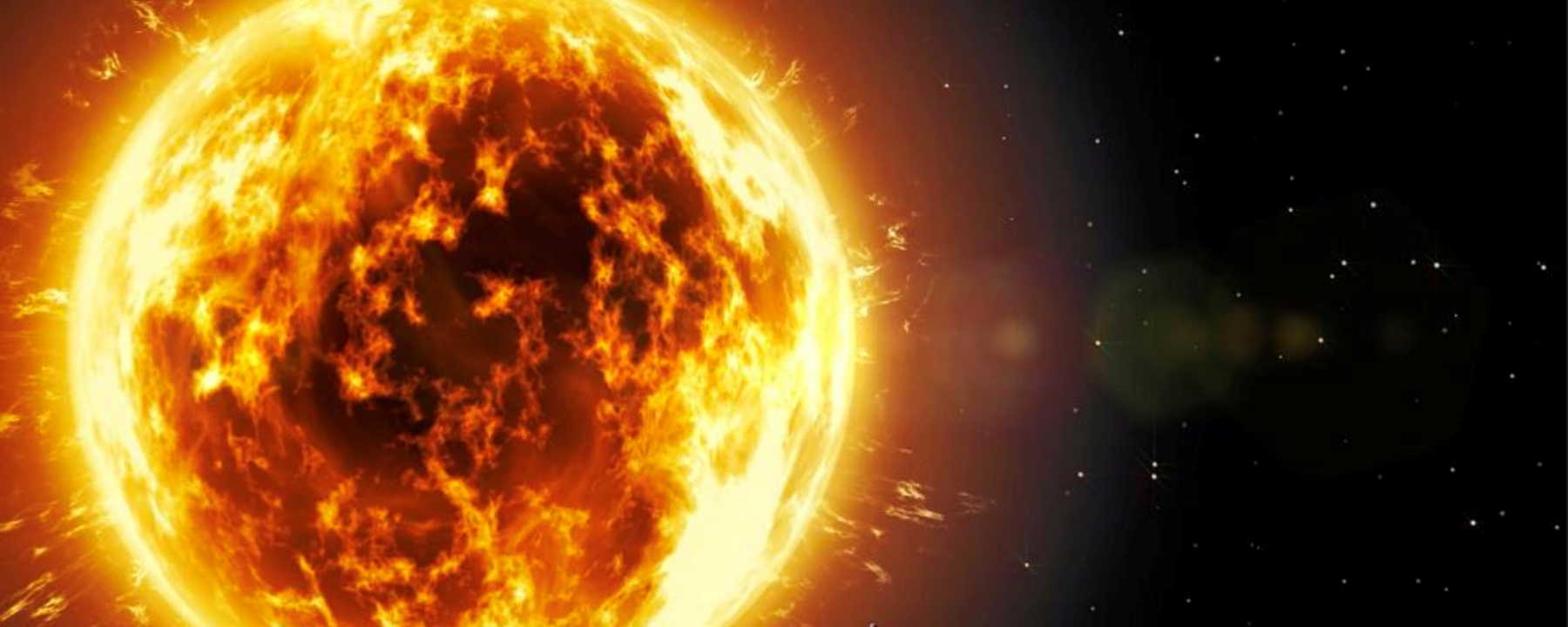
Sunlight
The sun, a superpower
Can you read a number with 30 zeros? It is called a quintillion. This super power plant located at the center of our solar system can impress us with many other "big numbers" that go beyond what we can even imagine. Here are some examples.
The mass of the sun is nearly 2 quintillion kilograms. This corresponds to 330,000 times the earth's mass. The sun is about 25,000 light-years away from the center of the Milky Way. And it takes about 240 million years for our solar system to orbit once around the center of the galaxy. The sun is on an average about 150 million kilometers away from earth.
99 percent of the sun consists of just two elements: 73% hydrogen and 26% helium. The remainder one percent is composed of heavier elements such as nitrogen, carbon, oxygen and iron. The mass of the sun alone accounts for 99% of the mass of our entire solar system.
The sun has extremely high temperatures both at its center and on its surface. At its core, it can reach 15 million°C, on the surface just under 6,000°C. At lower atmospheres, it is still around 3,700°C hot. Scientists were surprised when they first measured the temperatures of the solar corona. This is the outermost area that can be seen during a solar eclipse. The temperature jumps to 1 million°C and can get even hotter near sunspots.
The diameter of the sun is just under 1.4 million kilometers. It has no solid core which instead consists only of gases. Therefore, the rotational speed is not constant, but varies in the different zones and layers of the star. Its equator takes about 25 days for one full rotation while the poles rotation takes about 36 days.
The sun with its dimensions plays in a different league than any other star or planet. The earth looks almost cute in direct comparison.
The sun is currently in its prime at about 4.57 billion years old, and its life expectancy is likely to be another 5 billion years. When it says goodbye, it will be with a big bang: first, it will bloat into a red giant, devour the earth and finally shrink into a white dwarf. If there is still life on earth at this stage, it will simply evaporate in the outer layers of the sun — along with all the other planets.
Another hard to imagine number: 383 000 000 000 000 000 000 000 000 or almost 400 quadrillion watts continuously emit from the sun. This radiation warms up the earth and the solar system. 700 million tons of hydrogen are converted into helium — every second. At the same time, our stellar super power plant loses 4.4 million tons of its mass per second. Every second the sun radiates an amount of energy that is equivalent to 100 billion tons of dynamite.
The intensity of solar radiation decreases with increasing distance. Life on earth benefits from this. This becomes clearer when you take a look at our neighboring planets: the highest temperatures on Mercury and Venus, situated closest to the sun, are over 400 °C. This barely gives any chance for life to exist as we know it. It is much too cold for life in distant orbits, such as Mars, with an average temperature of minus 60°C. The earth’s atmosphere makes sure we have relatively balanced temperatures.
